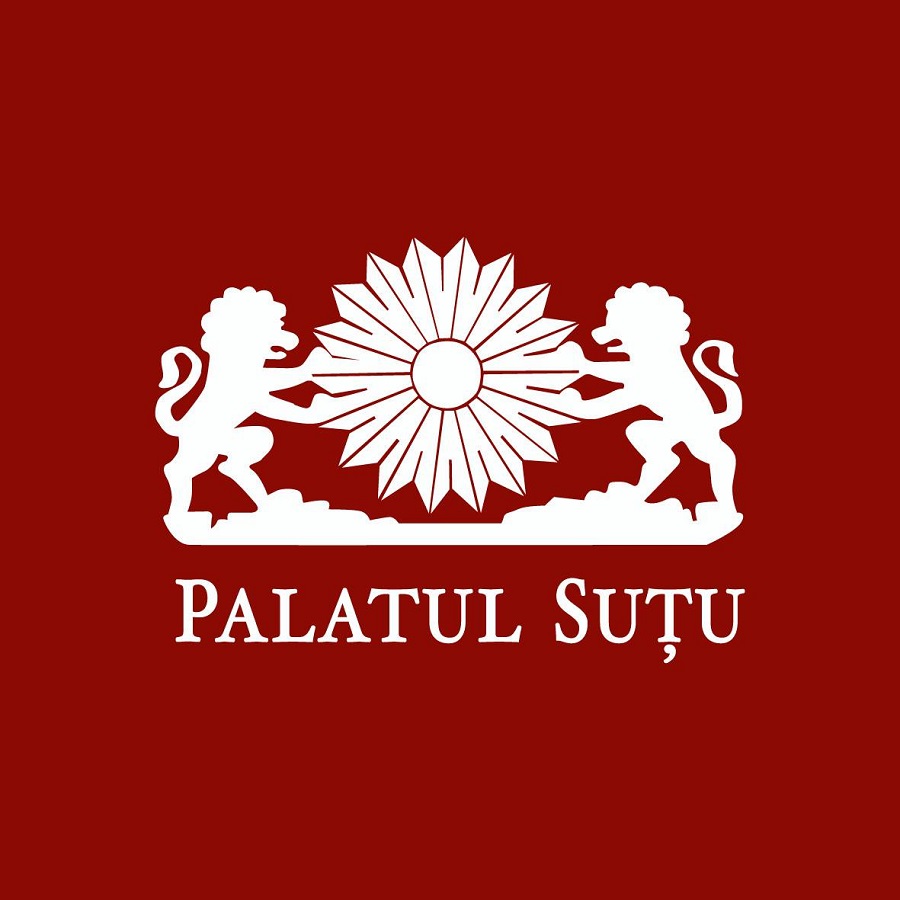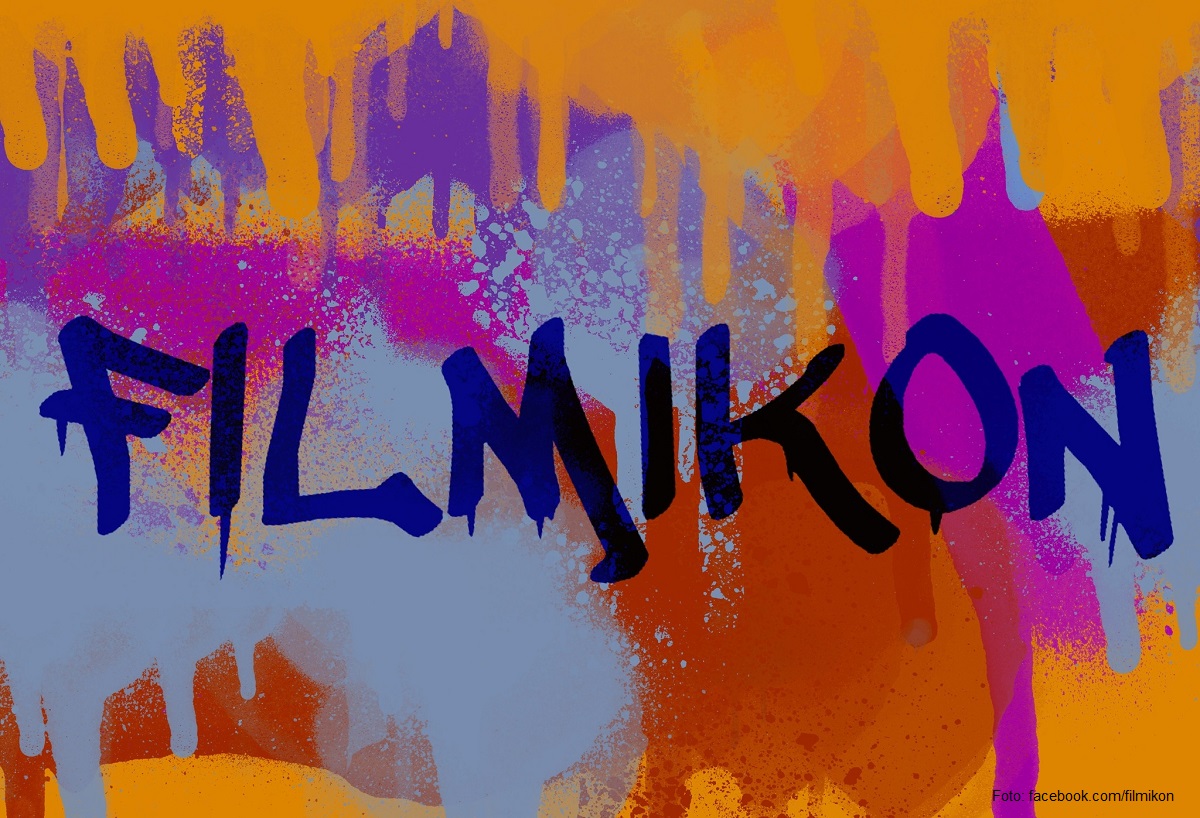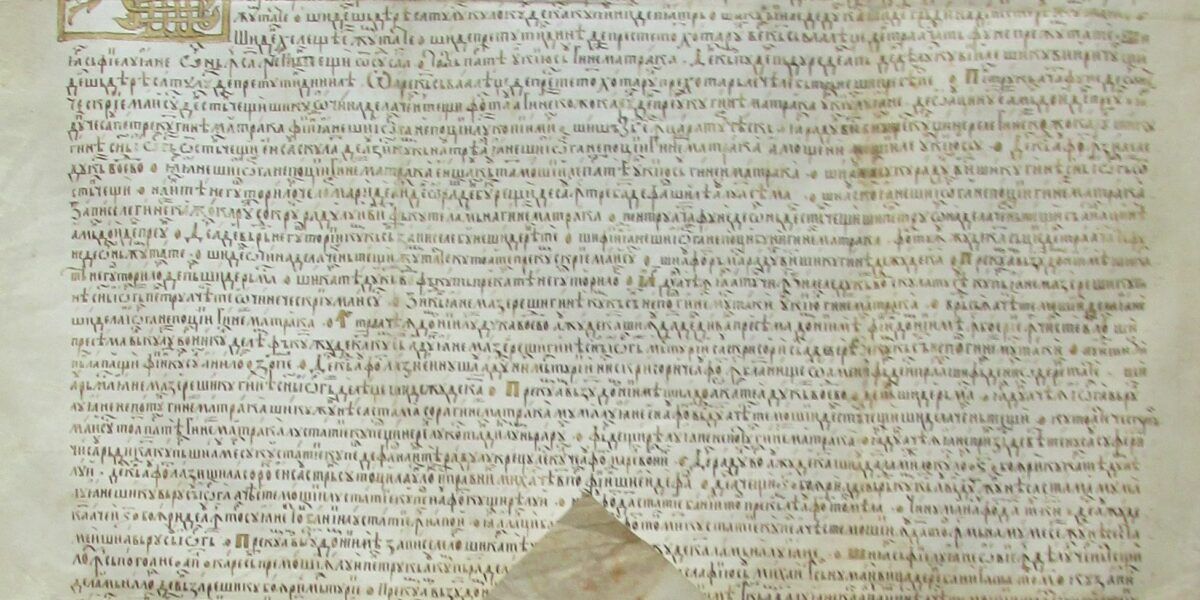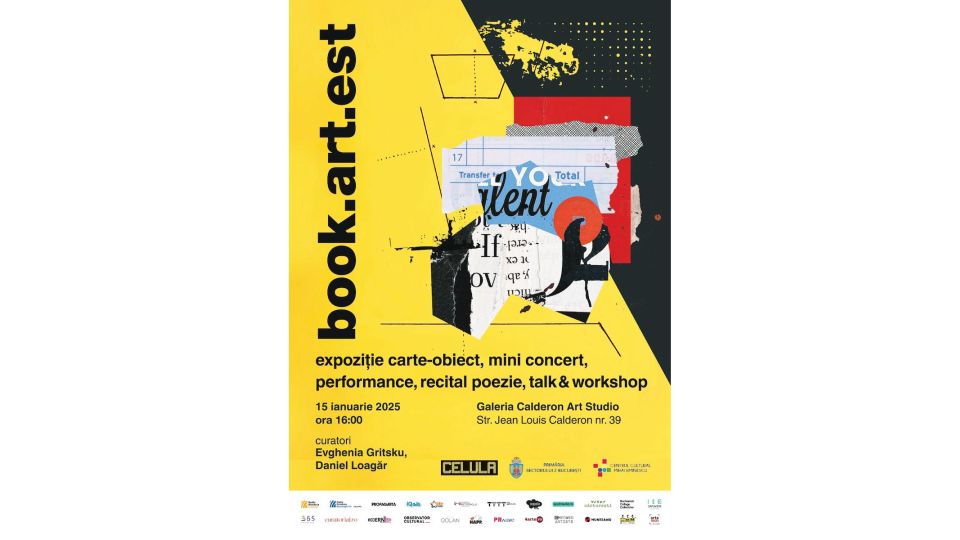The village in Romanian painting
The Suțu Palace, within the Bucharest Municipal Museum (MMB), presents to the public a new exhibition of paintings, drawings and art objects.
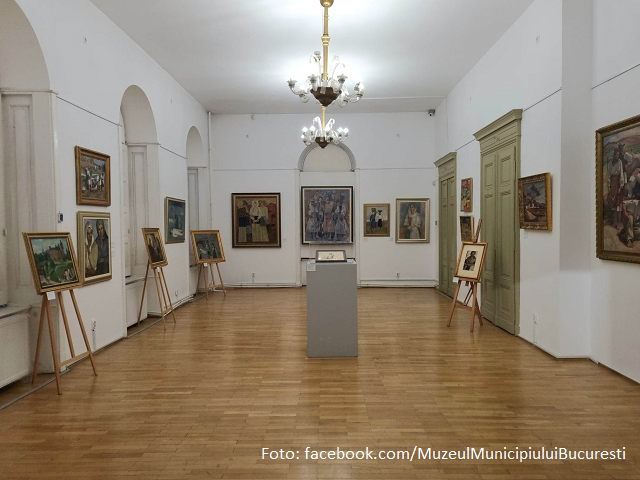
Ion Puican, 04.02.2023, 14:00
The Suțu Palace, within the Bucharest Municipal Museum (MMB), presents to the public a new exhibition of paintings, drawings and art objects, entitled The Village World in Romanian Painting. Works by some great artists await their visitors. Among them are Nicolae Grigorescu (1838-1907), considered the greatest national painter, Theodor Aman (1831-1891), the founder of the modern art school in Romania, Camil Ressu (1880-1962) , Ion Țuculescu (1910-1962) and others. Deputy director of the Bucharest Municipal Museum and the curator of the exhibition, Elena Olariu, gives us details about the theme of the village in Romanian art: The exhibition at the Suțu Palace, The Village World in Romanian Painting, has a new approach this time. This is a recurrent theme in Romanian art. Even Theodor Aman, with whom we are opening the exhibition, also focused on it, although he was an aristocrat, to say so. However, the Romanian village of the 19th century had starting to come to the attention of the intellectuals, the elite. In Romania, the idea of searching for a national specificity was also emerged, as aligning with Western culture posed a big question to the Romanian cultural elite. What will happen to our identity? We were in the 19th century, the century of nationalities and this world of the village was very well represented in art. Moreover, and this is also very interesting, foreign artists who came from the West were less interested in the Romanian cities, which did not really resemble the Western ones, but were fascinated with the village world. During the communist period, however, peasants were painted in the light the authorities wanted and this distorted their image. So we now try to bring it to its natural place.
As a host but also a curator, Elena Olariu gave us a short tour of the exhibition and told us more about it: “We start with painting by Aman, a splendid winter work, and we see two peasants carrying two large barrels of wine. These carts with oxen, which appear later in Grigorescus works, are in fact extraordinary vehicles that transported precious goods, food, wines and all the harvest that the peasants collected. And they were very interesting, because the peasants wore these beautiful costumes, the men who accompanied the carts and who protected them from thieves. They were very valuable. Peasants went to fairs and they carried weapons with them. So it was an extraordinary show. Many people do not understand why Grigorescu painted these carts. He did it precisely for that, for the beauty of it. We don’t see it anymore today and perhaps we don’t understand Grigorescu that well. These paintings are highly important documents today, not to mention the artistic value of a work by Grigorescu. One other work is entitled La Bărății. Brății was actually an inn at the junction of several roads. Grigorescu, who didnt want to stay in the middle of a road all day waiting for a cart to pass, used to go to a junction and waited there for the carts to come. We see Grigorescu’s classical themes illustrated in the paintings exhibited here and we will also see a Shepherd with sheep. And we know that children, generally teenagers in the villages, used to take the herds to pastures. It was a custom that some of our grandparents and parents still remember. But even if this custom is lost, it will remain in these extraordinary paintings.
Elena Olariu also told us about folk objects and other names from among the exhibiting artists: We will also see works by Vermont, by Arthur Verona, who continued the tradition of painting the village. We will see the fairs where the peasants used to go. Fairs were important. Why were painters fascinated by the traditional village? Because there they found color, they found highly artistic images, they found light. Therefore, we must get rid of the prejudice that the world of the village and the village in general was only a communist theme. This is completely false. The first hall of the exhibition, as you will see, has nothing to do with the communist period. … We have a special showcase brought from the Macovei Museum, the Ligia and Pompiliu Macovei Art Collection.
Why did I bring it? Because it is a folk art collection. Ligia Macovei and her husband had an extraordinary collection of folk art. A part of it was donated to the Romanian Peasant Museum and another part is in the Macovei House. We invite you to visit it, because there you will see beautiful art, but also these extraordinary folk objects. From the 19th to the 21st century, the artists’ workshops have been full of folk objects. Artists have been collecting folk items. They like their color, line, creativity. All Romanian artists collected these folk objects and we thought of emphasizing this idea through these items. In the second hall, I would first of all note the works of Camil Ressu. At one point he was looking for that Romanian specificity which, of course, he could only find in the Romanian village. And there are two masterpieces of Romanian art, at least.

